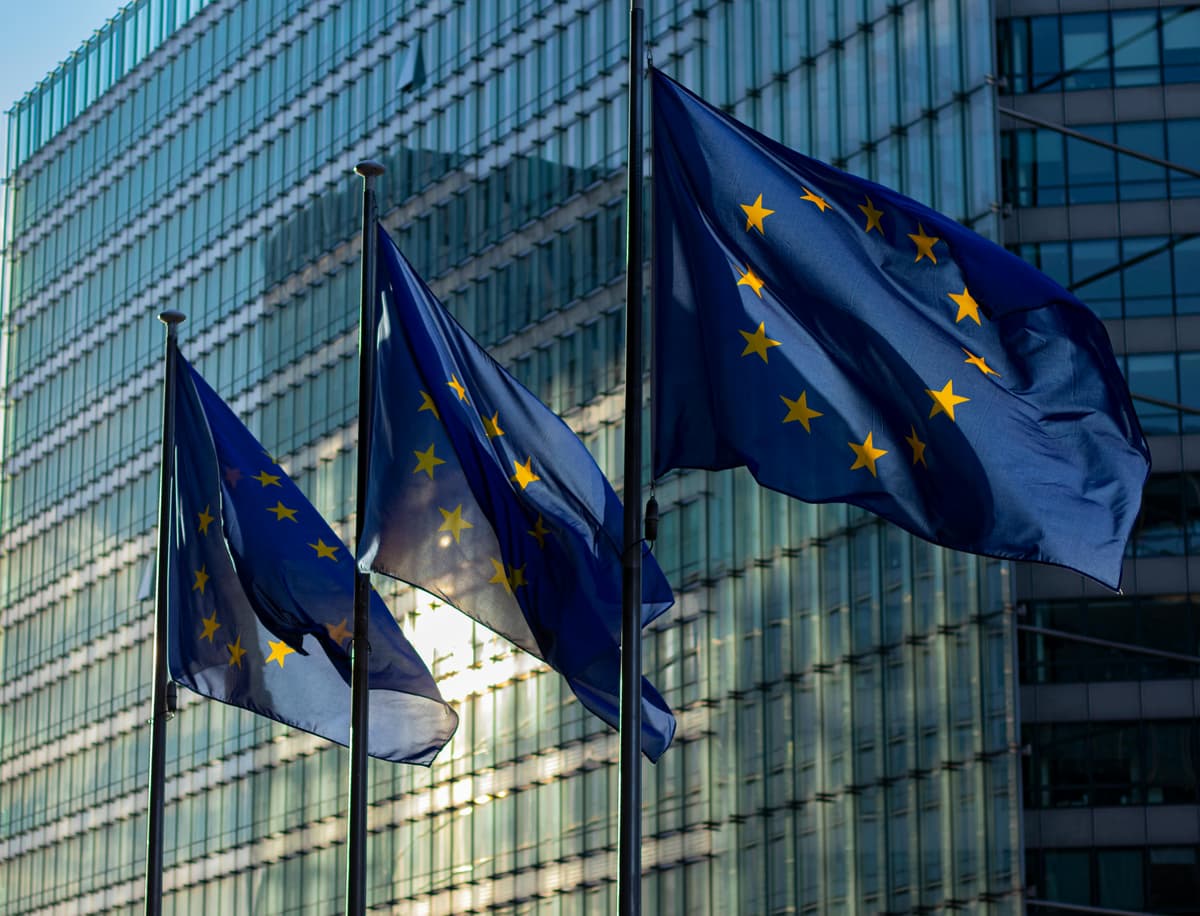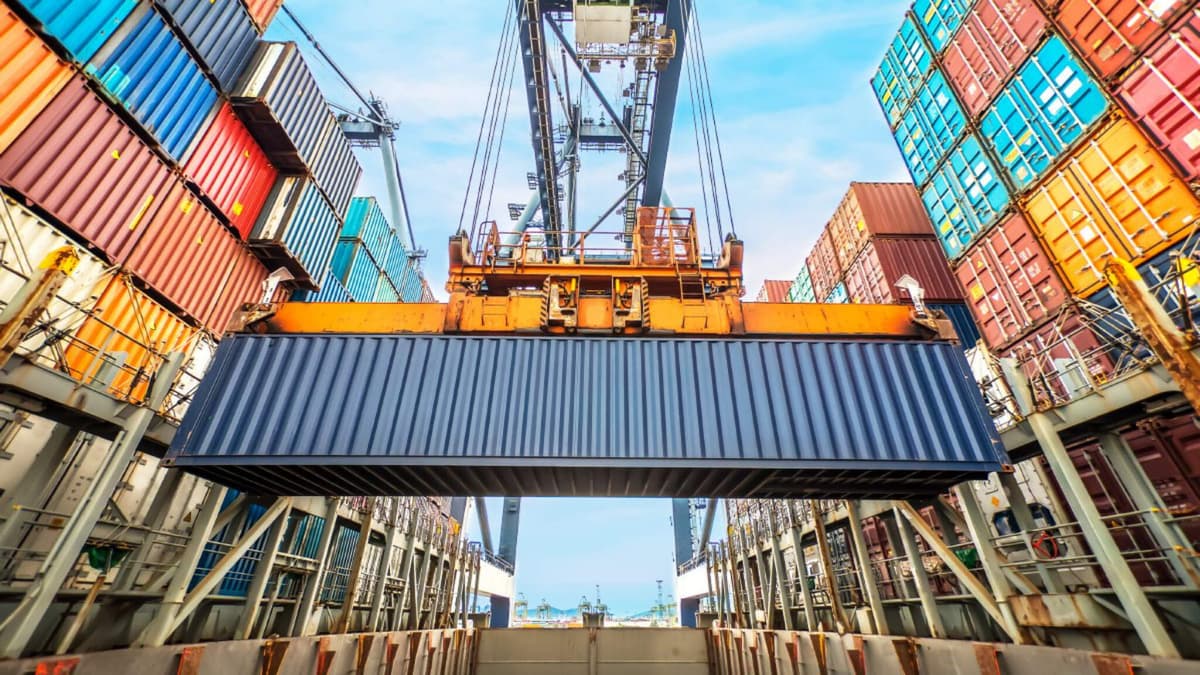CEOs of the leading mills Steel Dynamics, Inc (SDI), ArcelorMittal, Cleveland-Cliffs, Nucor Corporation, Commercial Metals Company (CMC), Ternium, STELCO – The Steel Company of Canada, SSAB Americas and Gerdau explained their priorities and strategies:
The US is already the lowest carbon steel production region in the world. This is because of the high share of scrap-based EAF producers in the country. Nevertheless, US steel mills plant to make large investments in equipment and technology:
- US steel mills are planning billions of investments in new DRI plants and Electric Arc Furnaces (EAFs).
- Many mills are buying scrap trading companies to secure scrap supply which is expected to get tighter (especially the supply of prime scrap).
- Steel companies are also investing in energy generation: Nucor is building a small nuclear power plant, Gerdau invests in the solar facility in Texas, Ternium invests in wind farms in Argentina.
- SDI and Gerdau have projects to substitute anthracite by biocarbon / charcoal which lowers the carbon footprint of the finished steel product.
- It remains to be seen whether a green premium for steel develops; but demand for green steel with low carbon footprint is already there today and being able to provide it helps to grow market share (in particular in the auto industry).
How to define Green Steel? This question is highly controversial and there seem to be two camps: the integrated steel producers which produce still the majority of steel with blast furnaces using iron ore and coke and the scrap-based EAF producers:
- There is pretty much agreement on the boundaries on how to major the carbon footprint of steel. It is universally agreed that Scope 3 emissions from the raw materials that go into the steel need to be incorporated.
- There is debate on whether green steel should be defined as one-dimensional, just the carbon footprint and nothing else or whether there should be a dual scoring.
- Nicola Davidson from ArcelorMittal argued for a dual standard, where there is also a rating system for the progress of the steel mill towards net zero depending on the starting point. In this methodology, also referred to as the sliding scale, the scrap intensity in production is used as a second dimension to define green steel.
- David Miracle from Nucor argued strictly against the sliding scale and called it “greenwashing.” He argued that the sliding scale, such as promoted by ResponsibleSteel™, misrepresents producers with higher emissions as being cleaner than those with lower emissions. The rationale for the sliding scale put forward by its advocates is scrap scarcity. “But the US has enough scrap, Europe has enough scrap, other regions will at one point have enough scrap.”
- In opposition to the sliding scale, CMC, Celsa, Nucor, SDI, and other EAF steel makers and associations have founded the “Global Steel Climate Council (GSCC)”
CEOs of US mills have pointed out that the steel trade should be fair rather than free.
- Imports of “dirty steel” (with a high carbon footprint) need to be stopped.
- European government subsidies for steel mills to become green are against US mills.
- Cleveland-Cliff’s CEO Lourenco Goncalves is afraid of steel imports through the Mexican “backdoor,” Ternium is expanding its production capacity in Mexico.
- Senator Joe Manchin and Congressman Frank Mrvan have promised support for American steel mills and steel workers to protect their business from unfair competition.
The US government has approved $2 trillion of federal spending over the next 10 years through the Inflation Reduction Act (IRA), Bipartisan Infrastructure Lay (BIL), and other programs. These initiatives will create a huge boost in steel demand.
- Positive demand outlook, Inflation Reduction Act (IRA) will be a huge boost for steel demand, and the projects will have green steel requirements.
- The number of wind turbines in the US will double.

Written bySebastian Kreft




